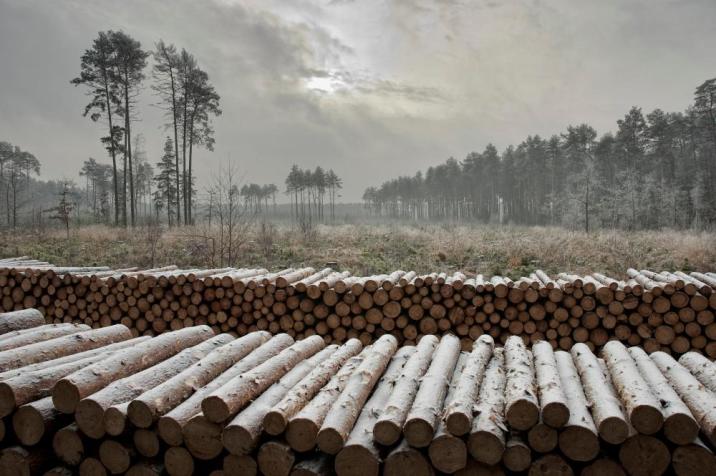 Asset Publisher
Asset Publisher
Sale conditions
Sale conditions of wood are specified by the regulation of Director – General of the Sate Forests.
Within the framework of the individual sale , the foresters try to meet the fast growing demand, because more and more people use wood in order to heat their houses. Contrary to general opinion, these are not only village people, even though they prevail among recipients. The growth of firewood demand is the result of occurrence of new housing estates built in the suburbs of large agglomerations, where houses are usually equipped in fireplace heating installations.
Firewood is not only the most ecological heat source, but also is much more attractive in respect of relation of price and electric efficiency, rather than cola, oil, gas or electric power.
In recent years, the Sate Forests increased the sale of firewood of one third – up to over 4 million cubic meters annually. Firewood is not only the most ecological heat source, but also is much more attractive in respect of relation of price and electric efficiency, rather than cola, oil, gas or electric power. Some of customers choose already prepared and cut into pieces wood, the others very willingly obtain it by themselves after arranging all details and fulfilling particular safety conditions, and after paying the fee; that concerns mainly so called "thinnings". Such a raw material is very cheap, that is why many people from village areas profit from such possibility.
 Asset Publisher
Asset Publisher
Mapy obszarów cennych przyrodniczo HCVF
Mapy obszarów cennych przyrodniczo HCVF
Lasy o szczególnych walorach przyrodniczych HCVF wyznaczane zgodnie z wymogami posiadanego certyfikatu FSC to lasy: Obszary chronione w rezerwatach i parkach narodowych,obszary chronione w parkach krajobrazowych, ostoje zagrożonych i ginących gatunków,kompleksy leśne odgrywające znaczącą rolę w krajobrazie, w skali krajowej,makroregionalnej lub globalnej,ekosystemy skrajnie rzadkie i ginące,marginalne z punktu widzenia gospodarki leśnej,ekosystemy rzadkie i zagrożone w skali Europy,lasy wodochronne,lasy glebochronne,lasy kluczowe dla tożsamości kulturowej lokalnych społeczności.
Ekosystemy reprezentatywne są wyznaczane w ramach kryterium 6.4 Krajowego Standardu Odpowiedzialnej Gospodarki Leśnej FSC® w Polsce FSC-NSTD-FM-PL. W ramach danego obszaru, reprezentatywne przykłady istniejących ekosystemów są zachowywane w stanie naturalnym, stosownie do zakresu działań gospodarczych oraz unikalnego charakteru danych zasobów, a także zaznaczone na mapach.Zarządzający lasami o dużych powierzchniach wyznacza, zachowuje i zaznacza na mapach przykłady istniejących w krajobrazie ekosystemów (tzw. ekosystemy referencyjne, Representative Sample Areas). W pierwszej kolejności, jako ekosystemy referencyjne wyznaczane są powierzchnie w stanie naturalnym lub maksymalnie zbliżonym do naturalnego. Takie obszary, stosownie do ich planów są pozostawione bez ingerencji
w naturalnym stanie.





